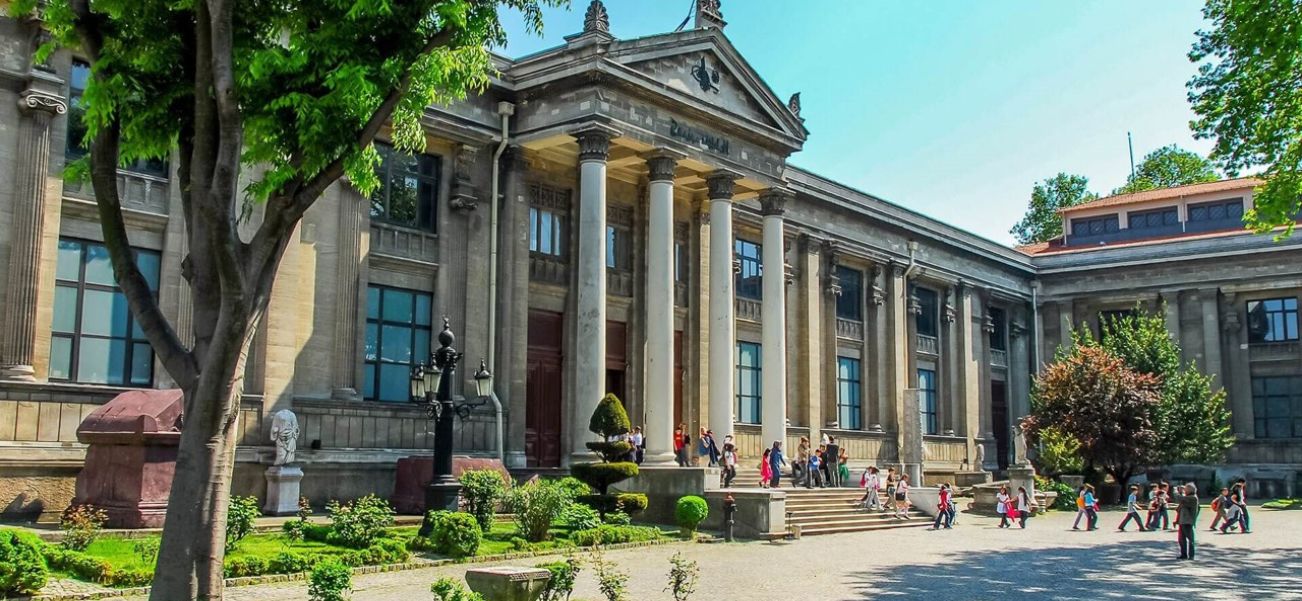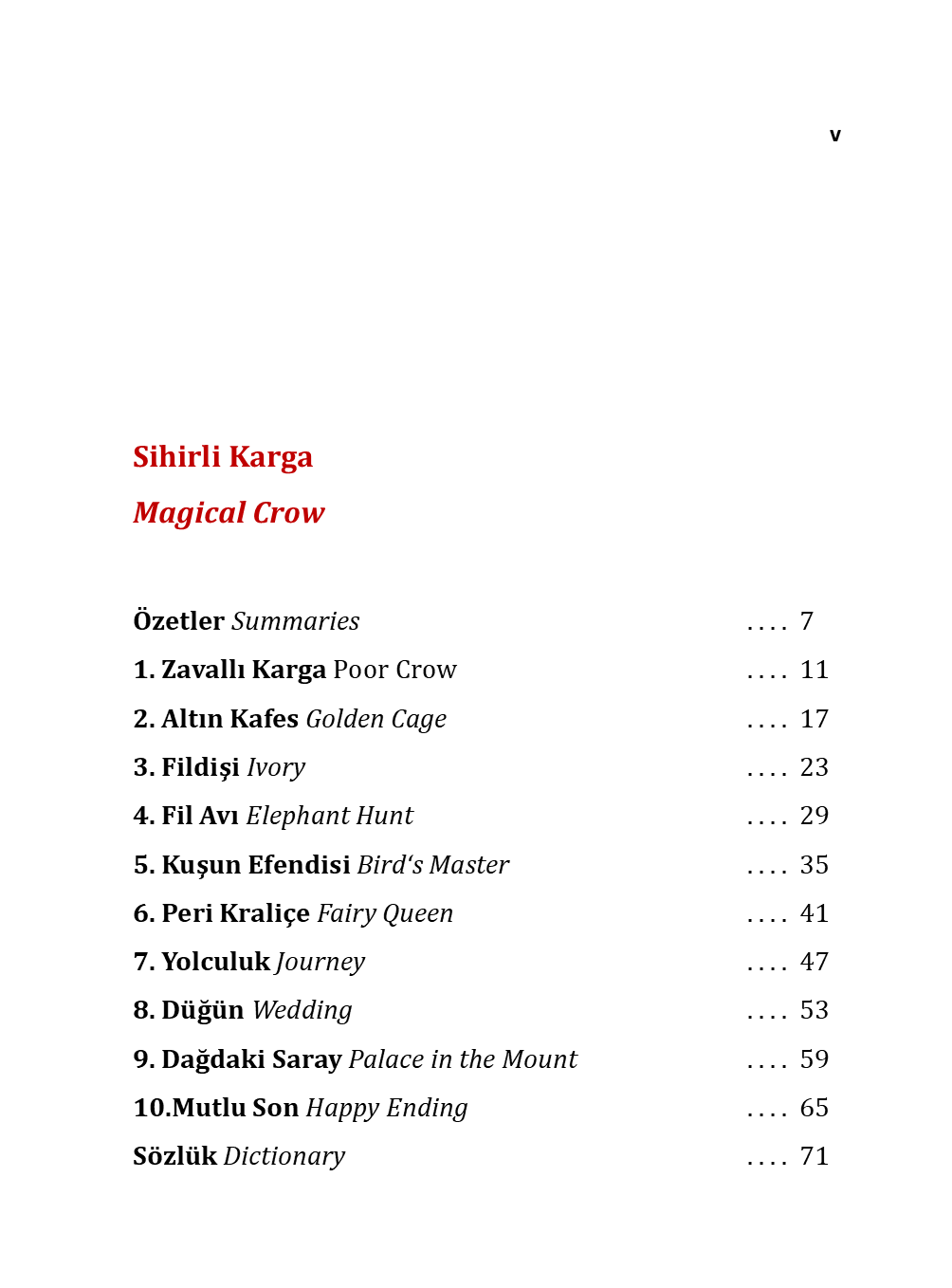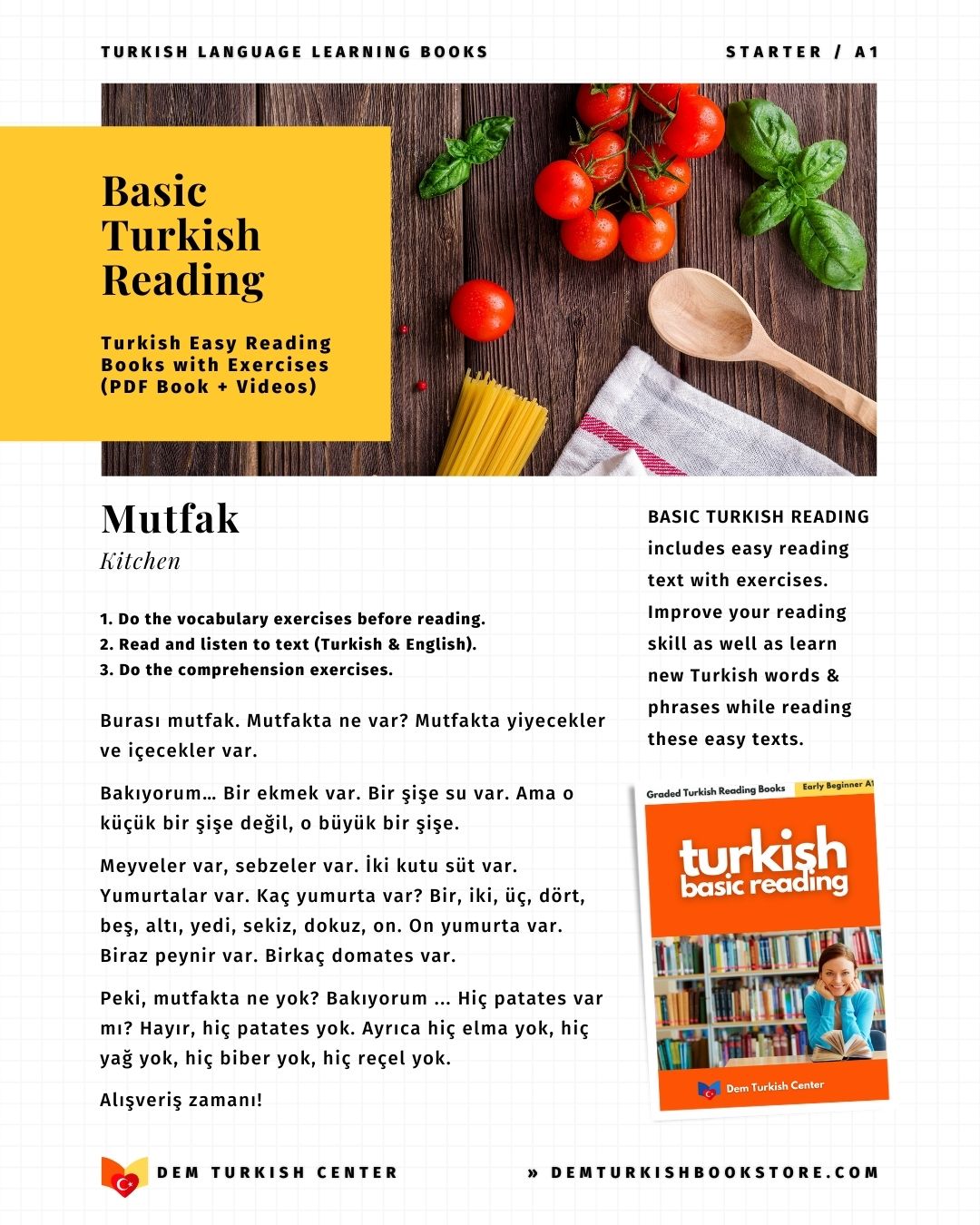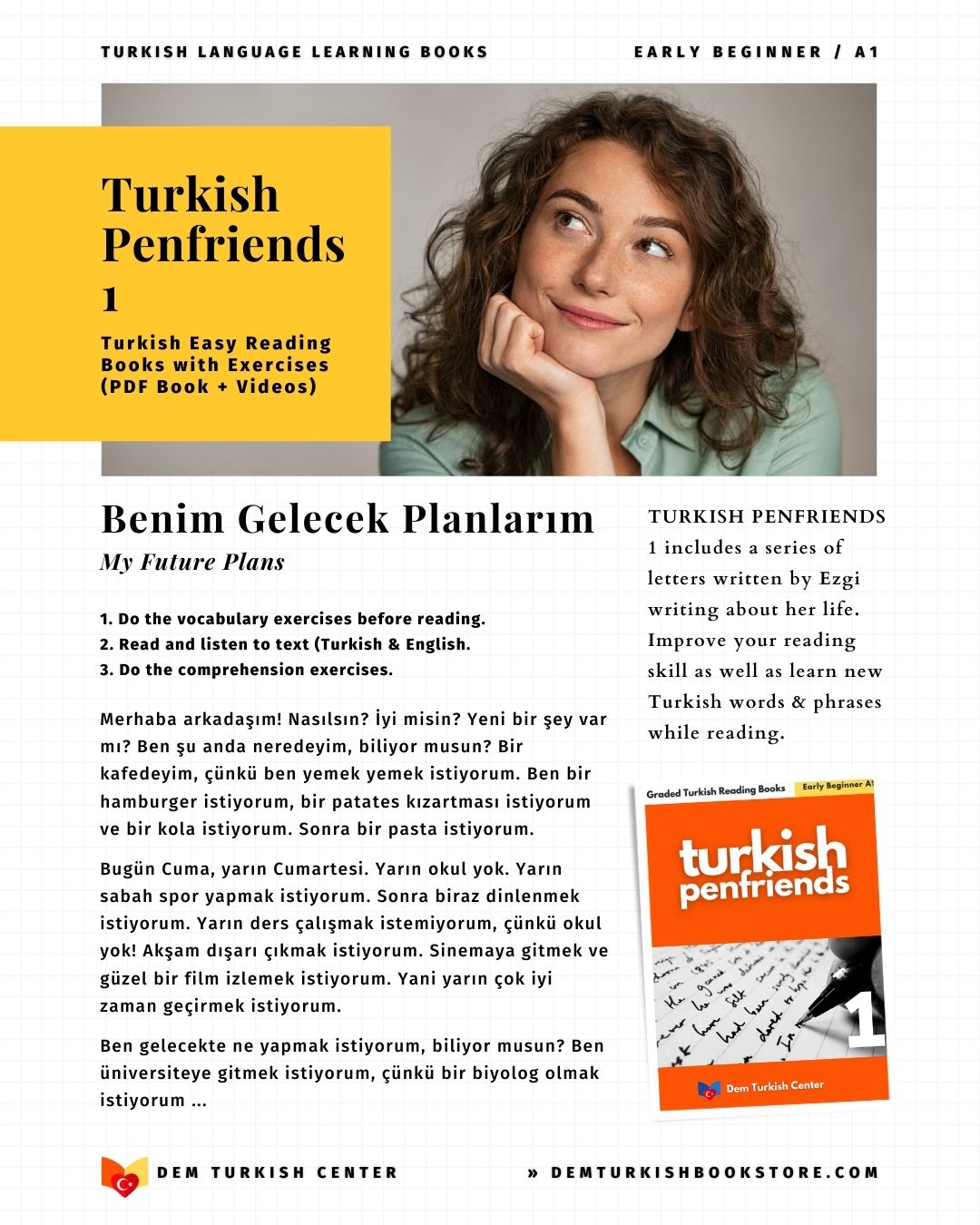
Istanbul Archaeological Museums: A Portal to Ancient Civilizations
Nestled in the heart of Istanbul, near the majestic Topkapi Palace and Gülhane Park, the Istanbul Archaeological Museums stand as one of the world's most significant repositories of ancient history. Comprising three main sections—the Archaeological Museum, the Museum of the Ancient Orient, and the Tiled Kiosk Museum—this complex houses over a million artifacts spanning thousands of years of human civilization.
From the sarcophagi of ancient kings to cuneiform tablets bearing the earliest known laws, the museums offer a breathtaking journey through time. Whether you're a history enthusiast, an archaeology buff, or a curious traveler, this museum complex provides an unparalleled glimpse into the Byzantine, Roman, Greek, Hittite, Assyrian, and Ottoman civilizations.
In this Istanbul travel guide, we will explore:
- The History of the Istanbul Archaeological Museums
- The Three Museums in Detail
- Must-See Artifacts and Exhibits
- The Significance of the Collection
- Visitor Tips and Practical Information
Let’s embark on this historical voyage!
ISTANBUL ARCHAEOLOGICAL MUSEUMS
RECOMMENDED READING The Ultimate Istanbul Travel Guide: Discover The Soul Of Two Continents
1. The History of the Istanbul Archaeological Museums

Origins and Foundation
The Istanbul Archaeological Museums trace their origins to the late 19th century during the Ottoman Empire. The driving force behind their establishment was Osman Hamdi Bey, a prominent Ottoman statesman, archaeologist, and painter. Recognizing the need to preserve Turkey’s rich archaeological heritage, he successfully lobbied for the creation of a centralized museum.The main building, designed by architect Alexandre Vallaury in Neoclassical style, was completed in 1891 and became the first purpose-built museum in the Ottoman Empire. Over time, two additional museums—the Museum of the Ancient Orient (1883) and the Tiled Kiosk Museum (1472)—were incorporated into the complex.
Hagia Sophia: A Timeless Masterpiece in Istanbul
Expansion and Modernization
Throughout the 20th and 21st centuries, the museum complex underwent several expansions to accommodate its growing collection. Today, it is one of the top 10 archaeological museums in the world, attracting scholars and tourists alike.
2. The Three Museums in Detail

A. The Archaeological Museum
The Archaeological Museum is the largest and most famous of the three, featuring artifacts from prehistoric times to the late Ottoman period. Its collection is divided into several sections:
I. CLASSICAL ANTIQUIITES
- Greek and Roman sculptures, including the famous Alexander Sarcophagus (mistakenly attributed to Alexander the Great but actually belonging to King Abdalonymos of Sidon).
- Statues from the Temple of Zeus at Pergamon.
- Roman-era busts and reliefs.
Best Apps for Turkey Travel: Your Essential Guide
II. ANCIENT ANATOLIAN CIVILIZATIONS
- Hittite artifacts, such as the Treaty of Kadesh (the world’s oldest known peace treaty).
- Urartian bronze works.
- Phrygian and Lydian treasures.
III. THE TROY COLLECTION
Discoveries from Heinrich Schliemann’s excavations at Troy, including gold jewelry, pottery, and weapons.
B. The Museum of the Ancient Orient
This museum focuses on pre-Islamic civilizations of the Middle East, featuring:
I. MESOPOTAMIAN ARTIFACTS
- Cuneiform tablets, including parts of the Code of Hammurabi.
- Assyrian reliefs from Nineveh and Nimrud.
Ottoman Palaces: Exploring Imperial Heritage in Istanbul
II. EGYPTIAN COLLECTION
- Mummies and sarcophagi.
- Hieroglyphic inscriptions.
III. ANATOLIAN AND PRE-ISLAMIC ARABIAN ARTIFACTS
- Ebla Tablets (one of the earliest written records).
- Nabatean inscriptions.
C. The Tiled Kiosk Museum
Built in 1472 by Sultan Mehmed the Conqueror, this is one of the oldest Ottoman structures in Istanbul. It houses:
- Seljuk and Ottoman ceramics.
- Iznik tiles (famous for their blue and white designs).
- Rare Islamic calligraphy and pottery.
3. Must-See Artifacts and Exhibits

Here are 10 unmissable treasures in the Istanbul Archaeological Museums:
- Alexander Sarcophagus (4th century BCE) A masterpiece of Hellenistic art.
- Treaty of Kadesh (1259 BCE) The world’s first peace treaty between the Hittites and Egyptians.
- Lycian Tomb (4th century BCE) A monumental tomb resembling a temple.
- Babylonian Ishtar Gate inscriptions (6th century BCE).
- The Sidon King Necropolis finds A collection of royal sarcophagi.
- Statue of Ephebos (1st century CE) A stunning Roman bronze statue.
- Egyptian Book of the Dead fragments (New Kingdom period).
- Assyrian Lion Hunt Reliefs* (7th century BCE).
- Byzantine-era mosaics and coins.
- Ottoman-era tile works in the Tiled Kiosk.
Best Turkish Souvenirs To Buy In Istanbul
4. The Significance of the Collection

The Istanbul Archaeological Museums are not just a treasure trove for Turkey but for world heritage. They hold:
- Key artifacts from the Bronze Age to the Byzantine Empire.
- Evidence of early legal systems (Code of Hammurabi, Treaty of Kadesh).
- Cross-cultural exchanges between Anatolia, Mesopotamia, and the Mediterranean.
The museum also plays a vital role in ongoing archaeological research, collaborating with international institutions.
5. Visitor Tips and Practical Information

Location & Hours
- Address Alemdar Cd. Osman Hamdi Bey Yokuşu, Gülhane, Istanbul.
- Opening Hours 9:00 AM – 6:30 PM (Closed on Mondays).
Ticket Prices
- General Admission ~650 Turkish Lira (as of 2024, check for updates).
- Museum Pass Istanbul accepted.
Best Time to Visit
- Mornings on weekdays to avoid crowds.
- Guided tours are highly recommended for deeper insights.
Nearby Attractions
Topkapi Palace, Hagia Sophia, Basilica Cistern.
Conclusion

The Istanbul Archaeological Museums are more than just a collection of ancient objects—they are a portal to lost civilizations, offering a tangible connection to humanity’s shared past. From the grandeur of Alexander’s era to the intricate beauty of Ottoman tiles, every exhibit tells a story waiting to be discovered.
Whether you're marveling at the Alexander Sarcophagus, deciphering cuneiform tablets, or admiring Iznik ceramics, this museum complex is a must-visit for anyone exploring Istanbul’s rich heritage.
If history is a book, then the Istanbul Archaeological Museums are one of its most fascinating chapters. Don’t miss the chance to step inside and turn the pages of time!
Have you visited these museums? Share your favorite exhibit in the comments below!













